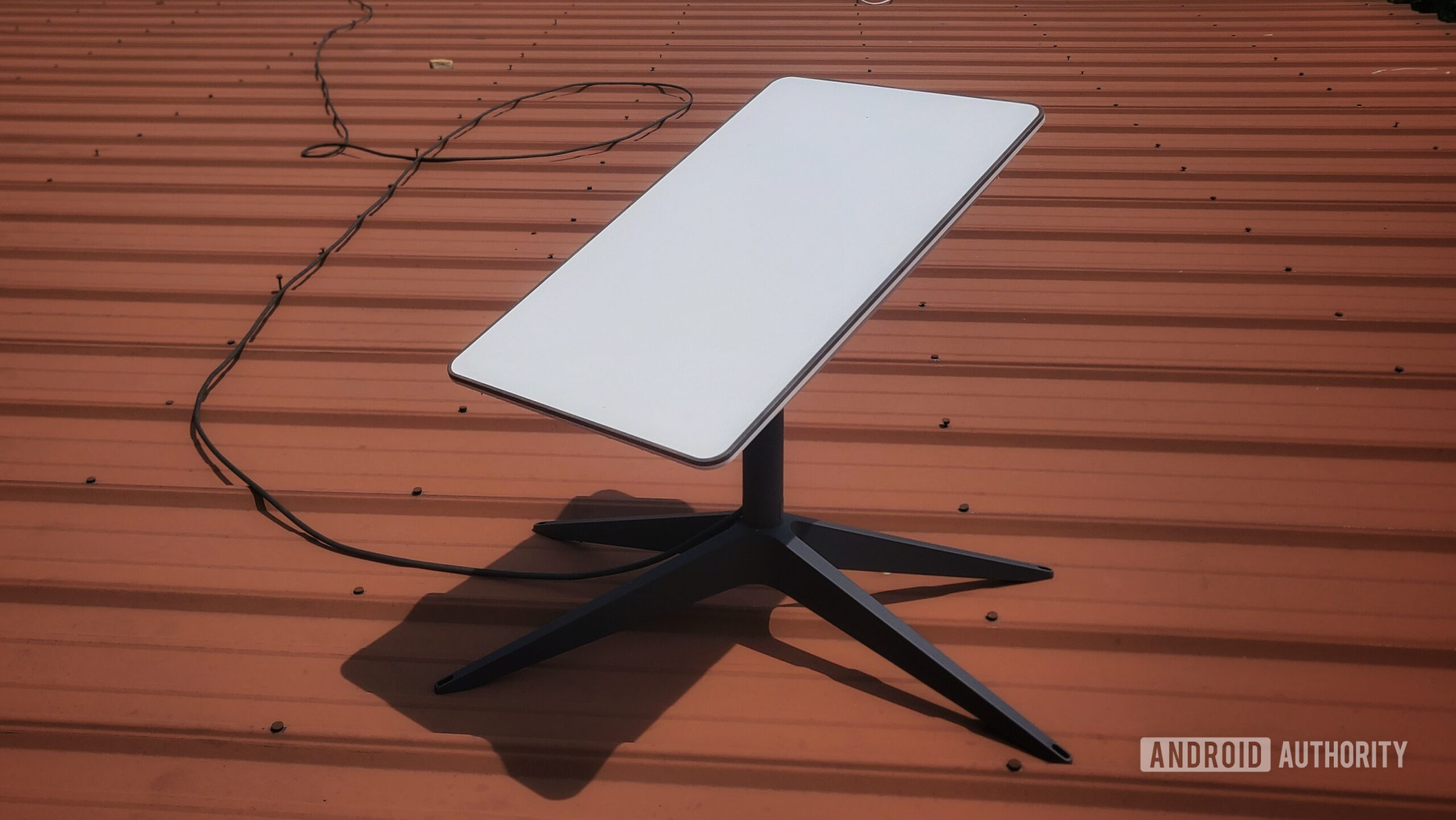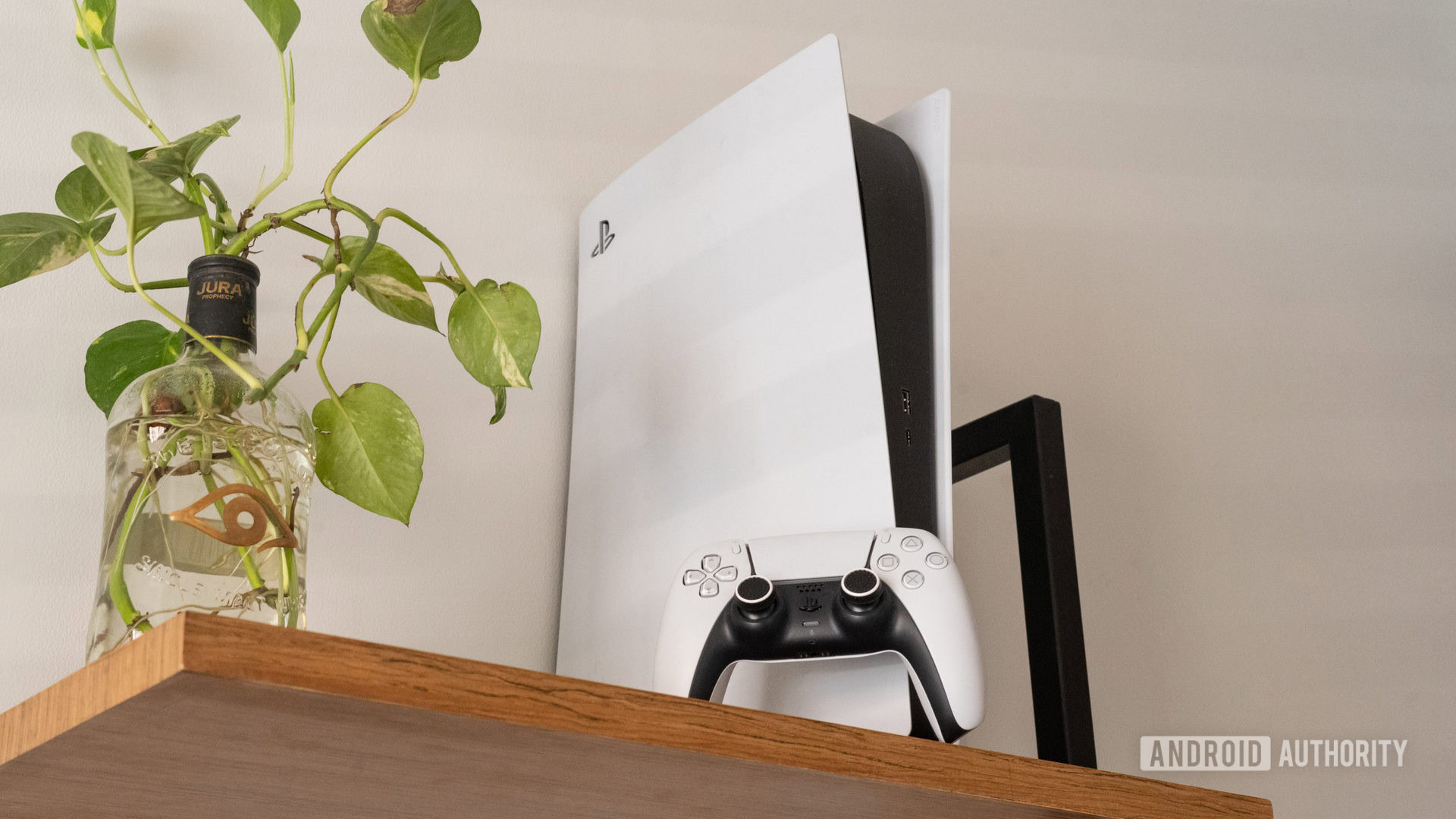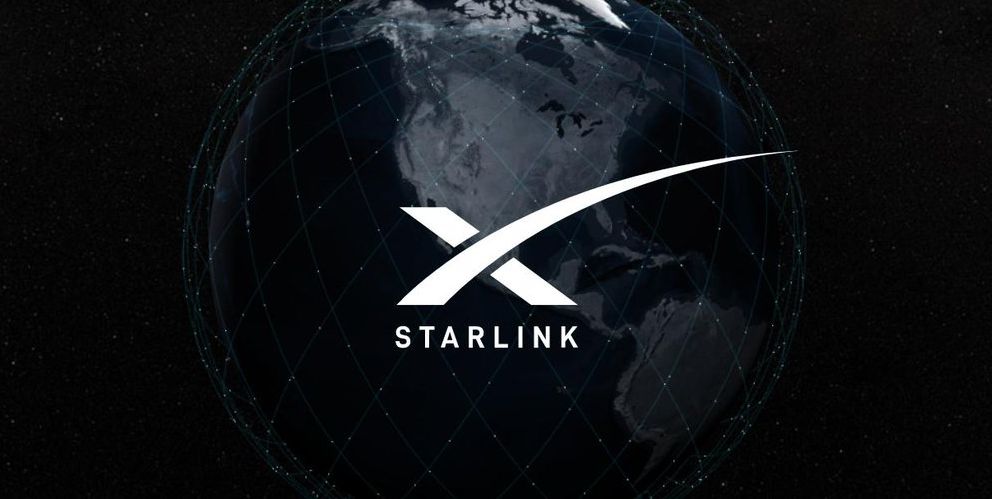Affiliate links on Android Authority may earn us a commission. Learn more.
Starlink internet speed: Does Starlink offer fast enough service?

Starlink promises to revolutionize rural internet access by giving its users the kind of performance they’d typically only get from terrestrial sources like cable or fiber. This is a massive jump up from conventional satellite systems, but it’s also new tech, and that means it’s constantly evolving.
So what kind of Starlink internet speed results can you expect, and is Starlink true to its promises? Let’s take a closer look.
What kind of speed and latency can you expect from Starlink?
| Download speed | Upload speed | Latency | |
|---|---|---|---|
Starlink Residential | Download speed 25 to 100Mbps | Upload speed 5 to 10Mbps | Latency 25-60ms |
Starlink Business | Download speed 40 to 220Mbps | Upload speed 8 to 25Mbps | Latency 25-60ms |
Starlink Roam / Mobile | Download speed 5 to 50Mbps | Upload speed 2 to 10Mbps | Latency <99ms |
Starlink Mobility Priority | Download speed 40 to 220Mbps | Upload speed 8 to 25Mbps | Latency <99ms |
Starlink, like most ISPs, tends to be pretty vague with its promises. Early on, it gave ranges such as “100-220Mbps”. Most of Starlink’s official material now says “Up to 300Mbps” for downloads. Similarly, it promises “Up to 10Mbps” for upload speeds.
Is Starlink Internet speed true to its promise?
So does the expected Starlink internet speed match with reality? It’s initial promises? No. It originally said you’d be able to get up to 300Mbps and averages were much higher in the early days until congestion became an issue. Starlink’s ambitious plans include coverage across almost every inch of our planet through a constellation of satellites. As these satellite cells fill up, speeds are going to vary from region to region. Recently it revised its promised speeds, but how true is it to the new standard? Good question.
I currently have access to Starlink Residential, which finally opened in my area. Days before I was using Business, and had originally started with the RV tier. While the chart above tells you what you’re supposed to get with these tiers, here’s a quick breakdown of my experience:
- Starlink Residential: Can reach up to 90-110Mbps from time to time, but typically hovers closer to the 50-65Mbps mark. During the night peak speeds will slow down closer to the 25-50Mbps range.
- Starlink Business: I fairly often have seen speeds go as high as 200Mbps or more, though I’d say 85-105Mbps is more typical. During the night peak things slow down a bit, but I usually can still get around 75Mbps or better.
- Starlink Roam: As of September when I switched away, Roam had gotten pretty slow. While the daytime average was fine at around 35-35Mbps, the night time peaks typically saw dramatically reduced speeds around 5-7Mbps.
Can you game on Starlink?

If you want to online game, you’ll typically need a ping of at least 149ms or lower. This will still have moments of lag but will be playable-ish. Though, you’ll want a ping of 50ms or lower for the best results. In most cases, Starlink more than matches this. My pings often are in the 25-60ms range. Even when it gets higher, I’ve never seen much worse than 100ms.
So yes, Starlink is capable of gaming. Just be aware that your actual results might be a little less impressive during peak hours. Still, traditional satellite service isn’t capable of online gaming. That makes this a pretty significant win for Starlink.
Starlink vs competition
We’ve already mentioned Starlinks speeds might not be as impressive as cable or fiber networks. Those aren’t really who Starlink is meant to compete against. Starlink is for those who only have fixed wireless, satellite, or slower DSL options. In most instances, Starlink is going to provide faster speeds and much better pings.
To learn more, be sure to check out our guide to the best satellite internet providers as well as our guide to fixed wireless options. Also be sure to check out our guide to Starlink plans and costs.
